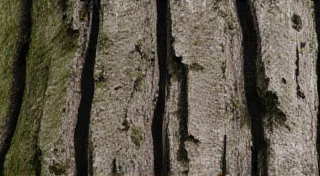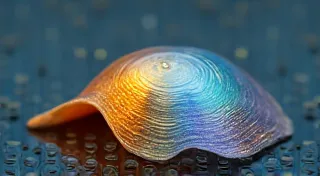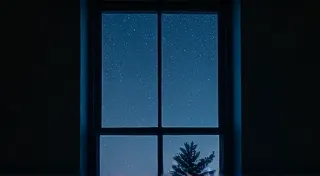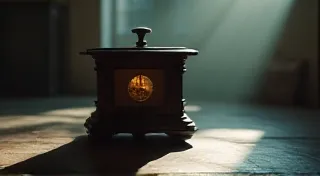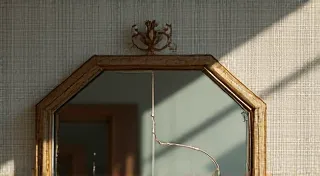Echoes in Amber: Recreating Vintage Bottle Labels Through Etching
There’s a profound beauty in holding history in your hands. I’m not talking about a museum exhibit or a dusty textbook; I'm speaking of the quiet elegance of an antique bottle. Imagine the hands that shaped it, the liquids it once held, the stories whispered across decades. For me, these bottles aren't just vessels; they're time capsules, windows into a past teeming with innovation and artistry. And through the delicate craft of reverse glass etching, I've found a way to not just admire that past, but to subtly, respectfully, reimagine it.
My fascination began with my grandfather. He was a collector – not of stamps or coins, but of discarded treasures. His attic was a labyrinth of forgotten furniture, chipped porcelain, and, most importantly, a burgeoning collection of antique bottles. He didn't talk much about where they came from, but I remember the reverence in his eyes as he’s polished a particularly faded label, painstakingly revealing a trace of its original grandeur. He's taught me to see beyond the grime and imperfections, to appreciate the soul of an object.
The Allure of Vanished Labels
The most captivating aspect of many antique bottles is often the label – a vibrant advertisement for the contents within. But time is relentless. Labels peel, fade, and disintegrate, leaving behind ghostly outlines that tantalize with suggestions of what once was. These lost labels tell stories too: the rise and fall of breweries, the evolution of medicinal remedies, the changing tastes of generations past. Consider the intricate advertising campaigns of the late 1800s, brimming with ornate typography and elaborate illustrations – all meticulously rendered on fragile paper destined to vanish. The act of recreating these echoes of the past is a powerful one, and sometimes I find myself inspired to explore other forms of artistic expression using glass – designs that, like imagined landscapes, invite contemplation and reflection. For those drawn to similar contemplative processes, exploring the possibilities of mapping inner landscapes through etching can be incredibly rewarding.
The desire to recreate these vanished labels isn’t about perfect replication; it’s about honoring the original intent, adding a layer of renewed appreciation for the craftsmanship and artistry that defined an era. It’s about bringing a touch of that lost elegance back to life.
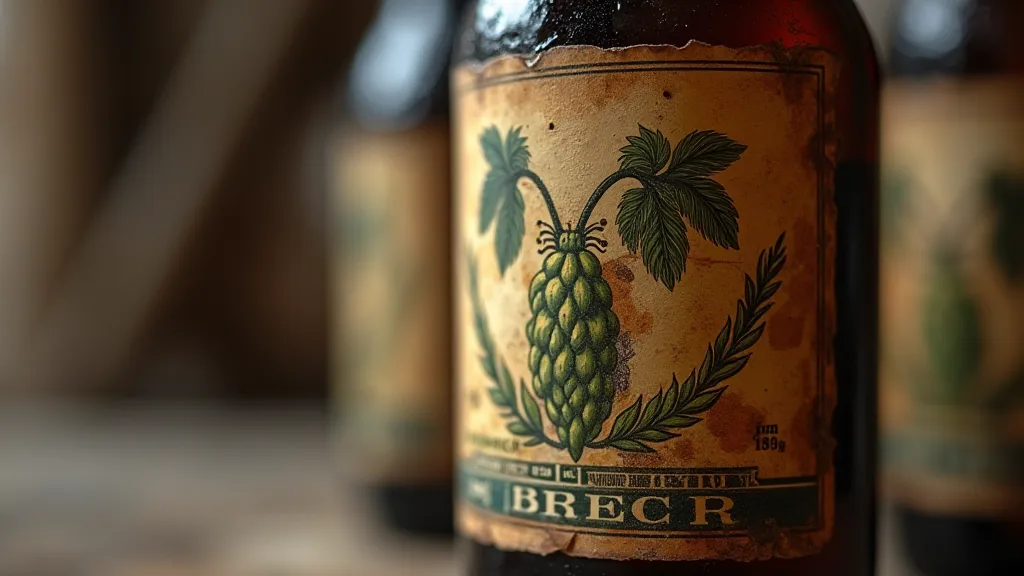
Understanding Reverse Glass Etching: The Technique
Reverse glass etching, in essence, involves applying a stencil to the *back* of the glass and then using an etching cream to gently dissolve the surface, creating a permanent design. It might sound complicated, but with practice, it’s an incredibly rewarding craft. The key difference from traditional etching is that the design is recessed, giving it a subtle, almost three-dimensional quality – an aesthetic that perfectly complements the aged appearance of antique bottles.
The beauty of this technique lies in its subtlety. We aren't trying to create a perfect copy. We're striving for an echo, a whisper of the original. The slight imperfections in the etching process – the tiny bubbles, the subtle variations in depth – only enhance the sense of authenticity, mimicking the wear and tear of time itself. It’s a process that demands patience and a deep appreciation for the nuances of imperfection, a sensibility that extends beyond the studio and into the realm of artistic philosophy. Some might find solace and inspiration in exploring more minimalist approaches to etching, where the power of suggestion and negative space reigns supreme, highlighting the beauty of minimalist etching.
The Process: Recreating a Lost Label
The process begins with a careful selection of the bottle. I prefer bottles with remnants of the original label, allowing the existing outlines to guide the design. I'll photograph the label and use image editing software to clean it up and enhance the remaining details, essentially creating a digital blueprint for the etching.
Next comes the creation of the stencil. I use a laser printer to transfer the image onto clear vinyl. This is crucial; inkjet printers don’t produce a dark enough image for effective stencil creation. Once printed, I carefully apply the vinyl to the back of the bottle, ensuring a tight seal to prevent etching cream from seeping underneath. This is a meticulous process; even a tiny gap can compromise the final result. A layer of petroleum jelly around the edges of the stencil is a useful trick to guarantee a clean edge.
The application of the etching cream itself is straightforward, but requires caution. Always wear gloves and eye protection! Following the manufacturer's instructions, I apply a thick, even layer of cream, ensuring complete coverage of the exposed design. The duration of the reaction depends on the cream’s strength and the desired depth of the etching. Monitoring the process is critical – too long, and the etching will be too deep; too short, and it will be barely visible.
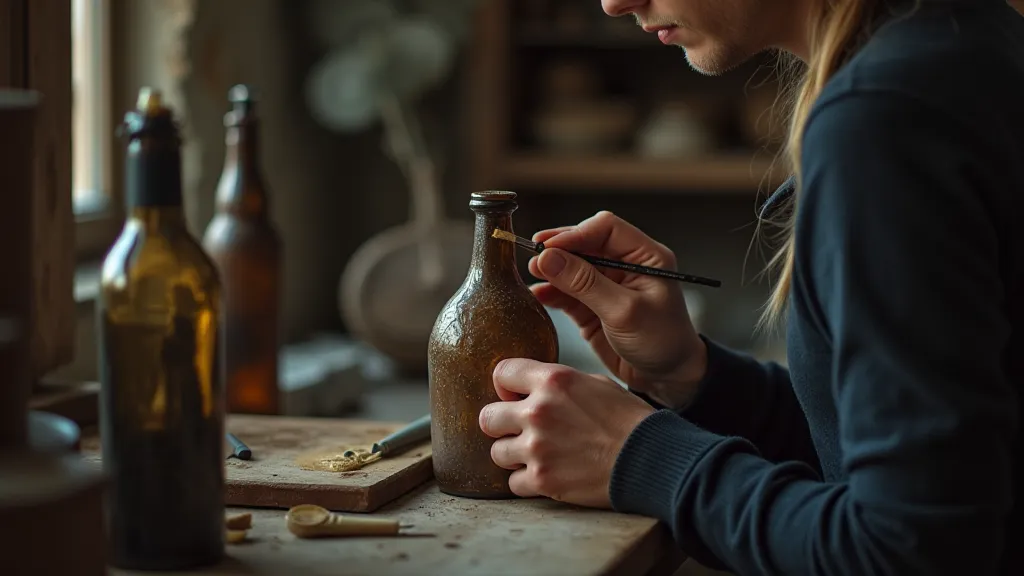
Design Considerations: Echoes, Not Copies
The most important aspect of recreating lost labels isn’t accuracy; it’s artistry. I rarely attempt a perfect replica. Instead, I use the original label as inspiration, simplifying the design, softening the edges, and introducing subtle imperfections that evoke a sense of age and authenticity.
Think of it as a conversation with the past. The original label speaks of its time; the etching allows us to respond, to acknowledge that past while adding our own creative voice. Sometimes, I'll incorporate fragments of other labels, blending elements to create something entirely new – a fusion of history and imagination. The challenge lies in conveying a sense of vastness and mystery through carefully considered details, something akin to depicting imaginary territories on glass, inviting viewers to project their own narratives and interpretations. Exploring the process of depicting imaginary territories on bottles can yield surprisingly evocative results.
Color, of course, is absent. The challenge then becomes to convey the original vibrancy through line weight, texture, and the subtle interplay of light and shadow. The very lack of color can paradoxically enhance the feeling of nostalgia, reminding us of faded photographs and sepia-toned memories.
Beyond the Label: Restoration and Collecting
While I focus primarily on recreating labels, the craft of reverse glass etching can also be valuable in minor bottle restoration. Small chips or scratches can be carefully masked and etched over, minimizing their appearance. It’s important to stress that this isn't about wholesale repair; it’s about preserving the integrity of the bottle while subtly addressing minor imperfections.
The pursuit of antique bottles is more than just collecting pretty objects. It's about connecting with history, understanding craftsmanship, and appreciating the ingenuity of past generations. Each bottle tells a story, and through the delicate art of reverse glass etching, we can help those stories echo a little bit louder.
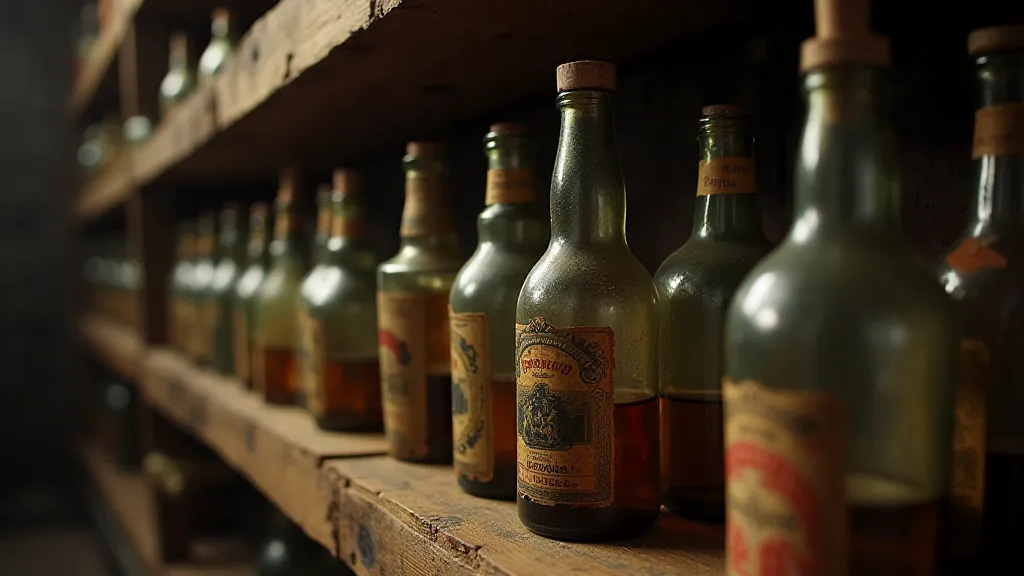
A Continuing Dialogue
My grandfather would have appreciated this craft, I believe. Not because I was recreating his collection, but because I was honoring the spirit of discovery, the appreciation for history, and the respect for the hands that came before. It’s a quiet, meditative practice – a dialogue with the past, a way of adding a new layer of meaning to these timeless vessels. And with each bottle, I find myself listening a little bit more closely to the echoes in amber.
